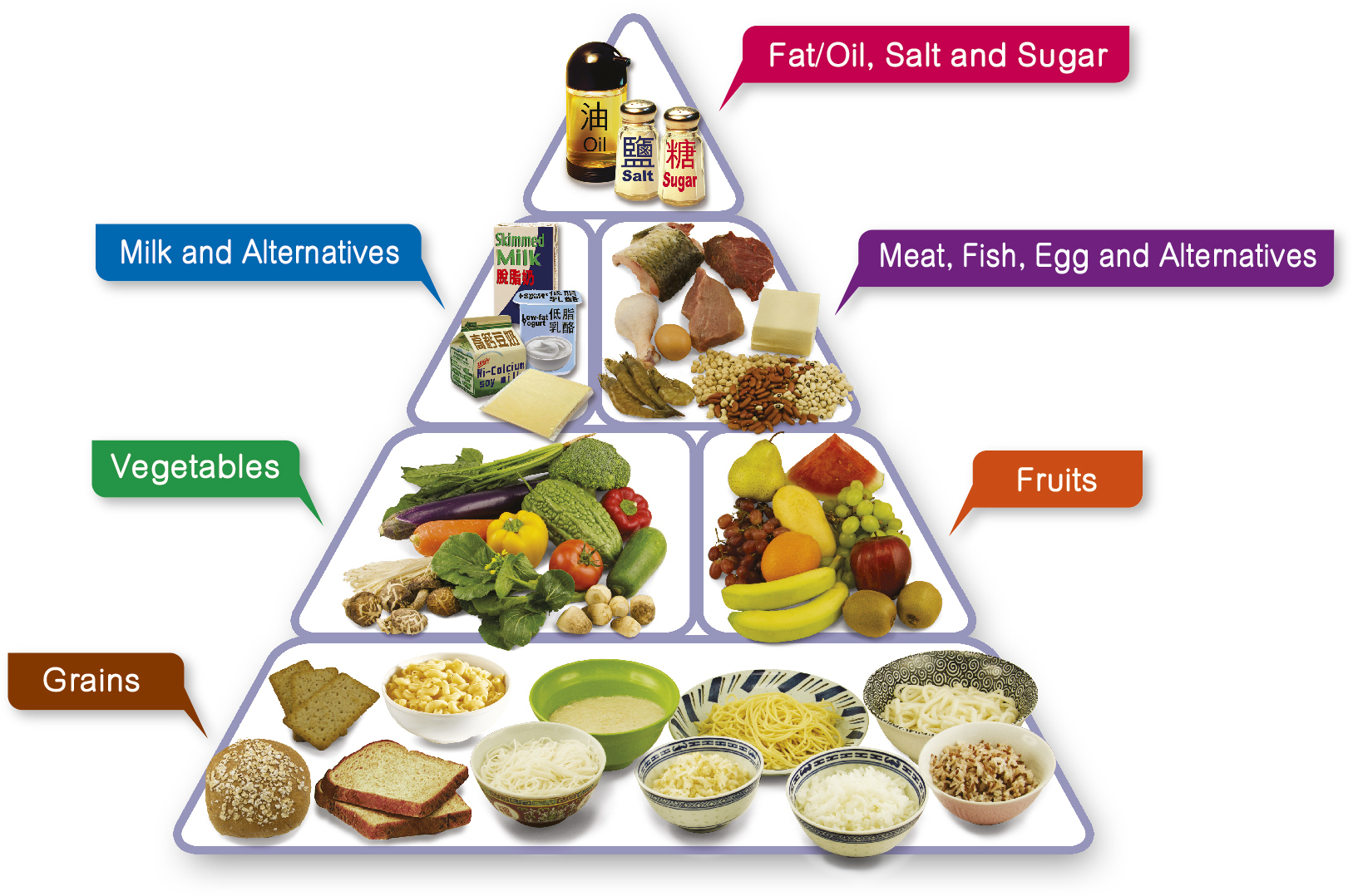
A healthy diet includes a balance of foods from each food group. Foods should be low in fat and contain fiber and vitamins and minerals.
Better nutrition is linked to improved health and wellbeing, including stronger immune systems, healthier pregnancies and children, lower risks of chronic diseases and increased productivity.
Vegetables
Vegetables are nutrient-rich, low-calorie foods that provide essential vitamins and minerals. They are also important for reducing risk of chronic diseases such as heart disease and stroke, high blood pressure and cancer.
Most vegetables are naturally low in calories and fat, making them a healthy choice for weight loss. Vegetables also contain a lot of fiber, which helps promote digestive health.
Vegetables are grouped into different categories based on the edible part of the plant, such as leafy vegetables, starchy vegetables and root vegetables. Some vegetables, such as beets and carrots, are a mix of different groups. They are a source of vitamin A and C and have a high content of fiber.
Whole Grains
Most people think of grains when they think whole foods, such as bread or cereal. But eating whole grains, as recommended in dietary guidelines, may help prevent heart disease and cancer.
Whole grains provide fiber, which keeps your gastrointestinal tract healthy and helps you manage weight. They also contain nutrients like B vitamins, vitamin E, magnesium and iron.
Large prospective cohort studies have found that higher versus lower intakes of whole grains are associated with lower risks of all-cause and cardiovascular-related mortality (57). Look for the “whole grain stamp” on products or carefully read ingredient lists to make sure that whole grains appear toward the top.
Fruits
Fruits are an important source of vitamins, minerals and phytochemicals, especially antioxidants. They also provide dietary fiber. People can enjoy eating fruits in a variety of ways, such as by adding them to salads or desserts or drinking fruit juice or plain water.
In botany, the term “fruit” refers to the fleshy or dry ripened ovary of flowering plants that encloses seeds or seeds and is typically sweet. Tomatoes, blackcurrants, apricots and oranges are all examples of fruits. Fruits play an important role in seed dispersal and human nutrition. They are rich in a wide variety of nutrients, including fiber, potassium and vitamin C.
Lean Meat
Lean meat is a protein-rich food, which promotes healthy growth and cell function. It has minerals such as zinc and iron, and B vitamins like riboflavin and niacin.
Choose lean cuts of beef with “round” or “loin” in the name, or chuck shoulder and arm roasts. Avoid beef with “prime” or “choice” in the name, which has more fat.
To make lean meats appetizing, lightly season them with herbs such as rosemary, sage or thyme. Steam, bake or grill them to keep the fat content low. When buying deli or luncheon meats, select low-fat options such as ham and turkey. Try to skip high-fat processed foods such as bologna and salami.
Dairy
Milk and other dairy foods are an important part of a healthy diet. In fact, a recent global study found that regular and low-fat dairy intake is associated with reduced risk of death from cardiovascular disease (1).
Milk, yogurt and cheese are also good sources of protein – one serving has 8 grams of power-packed protein!
IDFA’s nutrition and health team continues to work with members to educate the public about how milk and dairy foods, including low-fat and fat-free choices, are key parts of a healthy eating pattern. This is why dairy foods are recommended in the Dietary Guidelines for Americans.
Healthy Fats
Fats supply energy and help keep you full. It is important to eat the right types of fats, and to avoid the unhealthy trans-fats found in many processed foods.
Healthy fats include monounsaturated and polyunsaturated fats, which reduce your cholesterol levels and can help prevent heart disease. These fats also help your body absorb certain vitamins.
Foods high in these healthy fats are avocados, olive oil, nut butters and fatty fish. However, remember that all fats contain calories, so it is important to eat them in moderation. Each gram of fat contains nine calories. So if you overindulge in these foods, your calories can add up quickly.